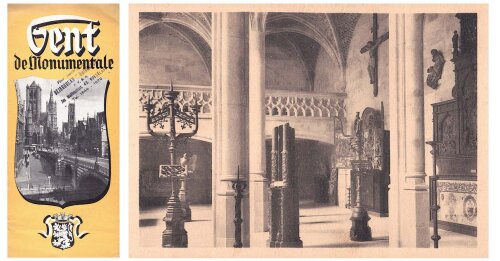In the last few centuries, people of different stripes and feathers – both professional and amateur archaeologists and historians, collectors, connoisseurs, artists and antique dealers, policymakers, and a medley crew of other heritage brokers – have tried to save, preserve, restore and promote the remnants of the past. Rallying in numerous clubs and associations, they lobbied for more regulation to protect monuments and landscapes, archaeological sites, national art treasures or folklore. By bequeathing their private collections of paintings and sculpture, archaeology, decorative arts, books, family papers and other collectables to burgeoning museums, libraries, archives, and other institutions, they also stimulated the rise of a sense of patrimoine national. In this research project, we aim to uncover the roots of this cultural history of heritage by focusing on developments in Belgium, the Netherlands, and other European countries from the early eighteenth century onwards. Who were the main stakeholders behind the preservation, promotion or even production of the past? Which past was being (re)created? And why? More in particular, this line of research zooms in on the entanglements between heritage, museums, tourism, leisure, and social life.

Projects
- Selling the City of Art: Urban tourism and the advent of city marketing in Belgium (1880-1980)
- L'Ancienne Belgique: Museums, archeology, and the creation of national identity in Belgium (1870-1940)
- The Royal Museums of Art and History: The history of its buildings and its collections based on the museum's archives (1835-2025)
- A display of power and propaganda? Uncovering colonial and imperial ties and ideologies in the collections and archives of the Belgian Royal Museums of Art and History (1885-1950).